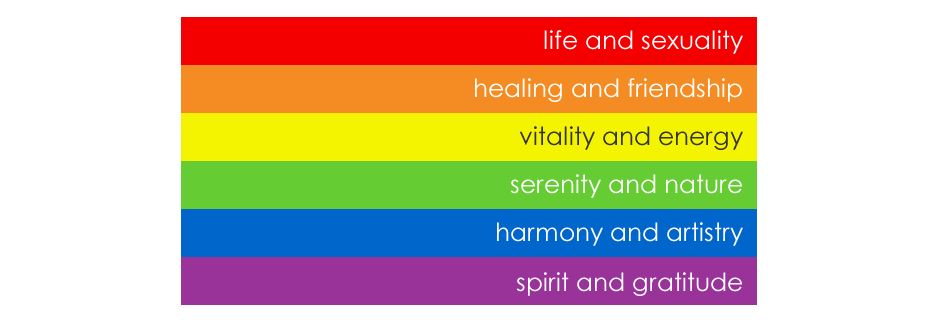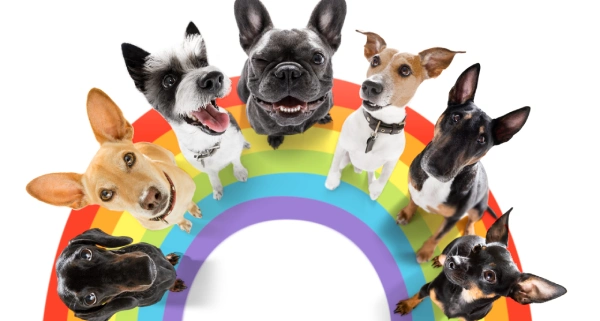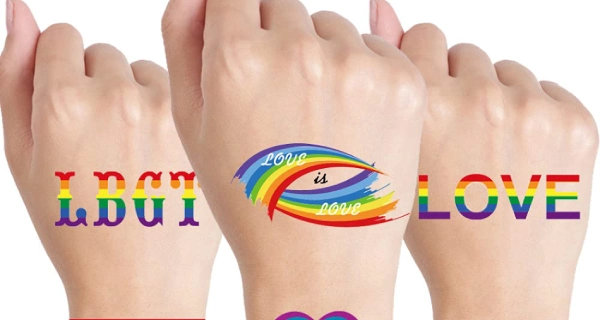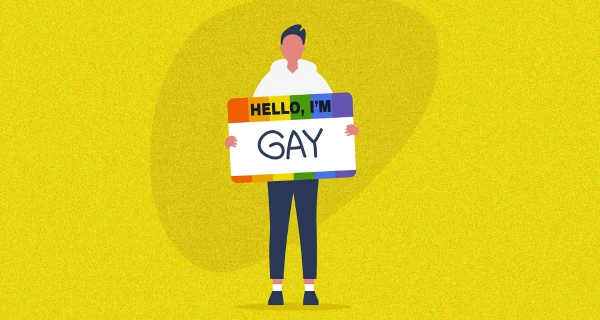
The LGBT colors refer to the rainbow flag, which is a symbol of the LGBTQ+ community. The flag consists of six colors: red, orange, yellow, green, blue, and purple. Each color represents a different aspect of the LGBTQ+ community, and together they represent diversity, inclusivity, and pride.
- Red represents life
- Orange represents healing
- Yellow represents sunlight
- Green represents nature
- Blue represents harmony
- Purple represents spirit
The rainbow flag was first created in 1978 by Gilbert Baker, an American artist and LGBTQ+ rights activist. It has since become a widely recognized symbol of the LGBTQ+ community and is used in pride events and celebrations around the world.
Introduction to the LGBT community and their flag
Creating a successful business plan is vital when starting your own business. There are many components to a successful business plan, and one of the most important is market research. Market research helps you understand the customer needs for your product or service, as well as what your competition looks like in the industry. It also provides information about prices, advertising approaches, and much more.
Before doing any other step towards launching your business, it's important that you take the time to thoroughly research your target market and gather information from various sources. This can include surveys, interviews with potential customers, using existing market data from organizations such as the US Census Bureau or Department of Labor Stats, or even simply spending time observing customer behavior in physical stores or online.
Doing your market research allows you to refine your product offering and customer outreach strategies, so that they better match what people are actually looking for and willing to pay for. By investing this effort upfront, you'll significantly improve the chances of success when it comes time to launch and grow your business.
Meaning behind each color of the flag red, orange, yellow, green, blue, and purple
The LGBT flag is a symbol of pride and unity for the LGBTQ+ community. Each color in the flag represents a different aspect of the community and its struggle for equality and acceptance.
The first color in the flag is red, which symbolizes life. It represents the blood that has been shed by LGBTQ+ individuals throughout history and the ongoing fight for their rights.
The second color, orange, represents healing. It symbolizes the hope for healing and reconciliation between the LGBTQ+ community and society as a whole.
Yellow represents the sun, which is a symbol of light and warmth. It represents the joy and happiness that comes with being true to oneself and living without fear of discrimination.
Green represents nature and growth. It symbolizes the growth and progress of the LGBTQ+ community in their fight for equality and acceptance.
Blue represents harmony and serenity. It symbolizes the peace and calm that comes with acceptance and understanding.
Finally, purple represents spirit. It symbolizes the spirit of unity and solidarity within the LGBTQ+ community and their ongoing struggle for equality and acceptance.
Together, these colors represent the diversity and strength of the LGBTQ+ community and their ongoing fight for equality and acceptance.
History and evolution of the flag
The rainbow flag, which is commonly associated with the LGBT community, has a rich history and has evolved over time. It was first designed by artist Gilbert Baker in 1978 for the San Francisco Gay Freedom Day Parade. The original flag had eight colors, each representing a different aspect of the LGBT community - hot pink for sex, red for life, orange for healing, yellow for sun, green for nature, turquoise for magic, blue for serenity, and violet for spirit.
However, the hot pink fabric was difficult to find, so the flag was eventually reduced to seven colors - red, orange, yellow, green, blue, indigo, and violet. These colors were chosen because they represent the visible light spectrum. The flag quickly became a symbol of LGBT pride and was adopted by the community worldwide.
Over the years, the flag has undergone some changes. In 2017, a new version of the flag was unveiled, which included black and brown stripes to represent people of color within the LGBT community. The addition of these stripes was seen as a way to acknowledge the struggles that people of color face within the LGBT community and to promote inclusivity.
In conclusion, the rainbow flag has a rich history and has evolved over time to become the symbol of LGBT pride that it is today. Its colors represent different aspects of the community, and its evolution reflects the changing attitudes and needs of the LGBT community over the years.
Variations of the flag and their meanings including the Philadelphia Pride Flag and Transgender Pride Flag
The LGBT flag, also known as the rainbow flag, has a rich history and has evolved over time. The original flag was created in 1978 by Gilbert Baker, a gay rights activist, and artist. The flag consisted of eight colors: pink, red, orange, yellow, green, turquoise, blue, and violet.
However, due to the unavailability of pink and turquoise fabric, the flag was reduced to six colors in 1979, which are the colors we see today: red, orange, yellow, green, blue, and violet. Each color of the flag has a symbolic meaning.
Red represents life, orange represents healing, yellow represents sunlight, green represents nature, blue represents harmony, and violet represents spirit. The colors were chosen to represent the diversity and unity of the LGBTQ+ community.
Over the years, the flag has been adapted and modified to represent different groups within the LGBTQ+ community. For example, the transgender flag features light blue, pink, and white stripes, and the bisexual flag features pink, purple, and blue stripes.
The rainbow flag has become a symbol of pride and acceptance for the LGBTQ+ community and is displayed at events and celebrations around the world. Its evolution and significance serve as a reminder of the ongoing fight for equality and acceptance for all.







